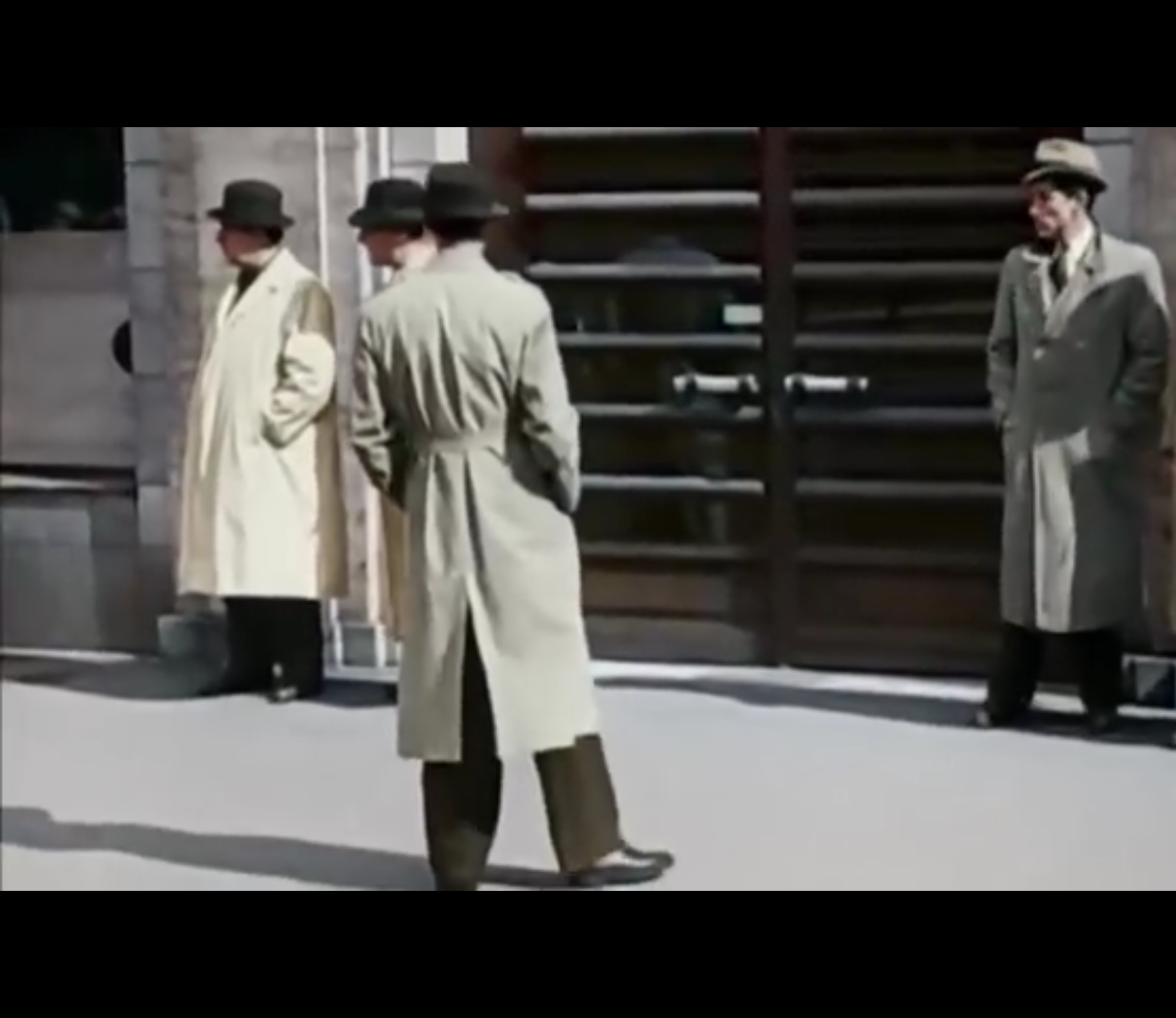
“He sat down, facing the entrance, beside the café’s rear door. From two until four each afternoon it was a table Henri reserved for him alone. Solomon appreciated the gesture. For if the city still basked in clear, late summer light, fear and suspicion among Marseille’s refugee expatriates had spread like a poisonous cloud. These days one never knew when a quick exit through a convenient back door might prove a lifesaver.
Identity checks on the Canebière were now commonplace. St Charles station was regularly patrolled by units of the Gardes Mobiles. Police raids on the city’s cheaper hotels had been stepped up. Street parades of Anciens Combattants shouting La France aux Français! were regular events. Twice in the last month the entire quarter at the head of the Old Port had been cordoned off, with every avenue of escape blocked by city gendarmes.
The second time this happened Solomon had stood watching from the waterside at the Quai des Belges as foreigners without the required documents were taken off to waiting police vans. The experience had brought on a fit of uncontrollable trembling. Among those led away were his long-term clients, the Adlers.
He had grown fond of the couple. Steeling his nerves, he had gone to make enquiries at the Evêché, the old bishopric beside the city cathedral that now served as Vichy police headquarters. The officer on duty at the glassed-in counter behind the Evêché gates had not been sympathetic. Tired, unshaven, overworked like all his colleagues in the effort to enforce the administration’s new laws, he had fended off dozens of similar enquires that evening. In the end, irritable, he had demanded Solomon’s own papers. ‘Go home,’ he said on reading his Jewish name. ‘Now, or you’ll get yourself arrested too.’ Despite return visits to the Evêché Solomon was unable to find out where the Adlers had been sent. He never saw them again.”
Follow this Robert Nour thriller – now released on Amazon as an e-book and in paperback
Whilst Nour investigates a war crime with repercussions on peace in today’s Middle East, he is forced to question his own background, his values and even his ability to love.
Writer Nicholas Woodsworth has built on his years of experience as a journalist in the Mediterranean and the Middle East to bring us this fast-paced and colorful story of a war crime and its consequences three-quarters of a century later.
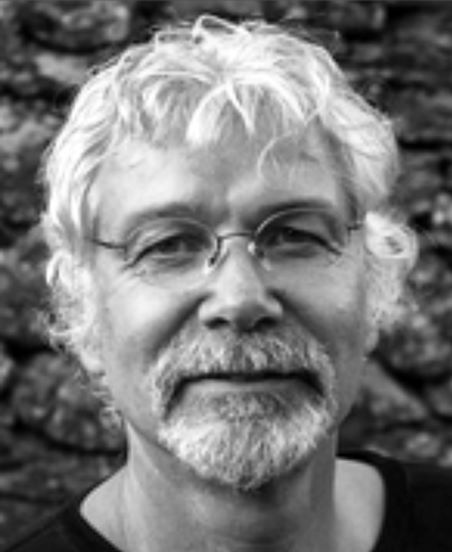
Double Cross – The Second Crucifixion of Solomon Lunel is his first historical novel
Historical background to Double Cross
‘From June 1940 until November 1942 Marseille both offered hope as a point of departure, and represented despair as a place from which it was difficult to escape. Indeed, life in Marseille was exceedingly complicated and both sentiments rang true.’ Melissa Jane Taylor, OUP 2016.
By 1939 France had up to 50,000 German, Austrian and other East European refugees living legally or illegally within its borders, most of them Jewish and including a good number of artists and intellectuals hunted by the Nazi regime. A good number would try to leave France in the next few years via Marseille.
Nazi art plundering
‘Countless pieces of art were stolen during the Holocaust and many were destroyed. The Nazis were relentless in their efforts to get rid of the Jewish people and their culture. Paintings that had been passed down from generation to generation were taken and destroyed. This was extremely emotionally hard for many Jewish families because it was not only an attack on their families and culture, but also on their history’ (Willi, Korte 2006 “Nazi Looted Art: The Case of the Missing Perspective”)
Varian Fry – Who was he, what did he do?
-In 1940/41 he operated an underground railroad system to help people on the run from the Nazis escape from Europe through Marseille
-He said that his motive was “he could no longer remain indifferent” when he saw a Jew being attacked in Berlin in 1935
-He was a representative of the newly formed Emergency Rescue Committee, which later became the International Relief Committee
-Fry originally planned to stay in France for a month, with a mission to help around 200 anti-Nazi intellectuals and artists to escape. He remained in France after his visa expired and continued his rescue attempts. His stay extended to 13 months
-He helped over 2,200 people to escape. Some of these were artists and writers such as Marc Chagall, André Breton, Max Ernst and Heinrich Mann
-He used illegal means, such as forged documents, black-market funds, and secret mountain and sea routes, to keep people from being captured by the Nazis. The French police ultimately arrested him in August 1941
-At the end of August 1941 Fry was forced to return the United States, where he was put under the surveillance of the FBI
-After returning to the United States, he was ignored by his former colleagues and friends until he died in 1967, aged 60
-Among the awards and recognition he was granted, only one was given to him before his death by the French government
-He was the first of five Americans to be recognized as “Righteous Among the Nations”, an honorific title given by the State of Israel to non-Jews who risked their lives to save Jews during the Holocaust. Varian Fry’s son planted a tree in his honor at Yad Vashem, Israel’s memorial to the Holocaust
Extract from a letter Varian Fry wrote to his wife Eileen in February 1941
“Among the people who have come into my office, or with whom I am in constant correspondence, are not only some of the greatest living authors, painters, sculptors of Europe . . . but also former cabinet ministers and even prime ministers of half a dozen countries. What a strange place Europe is when men like this are reduced to waiting patiently in the anteroom of a young American of no importance whatever.” Varian Fry
Villa Air-Bel
An introduction to ‘Villa Air-Bel’ by Rosemary Sullivan (HarperCollins 2006)
France, 1940. The once glittering boulevards of Paris teem with spies, collaborators, and the Gestapo now that France has fallen to Hitler’s Wermacht. For André Breton, Max Ernst, Victor Serge, Marc Chagall, Consuelo de Saint-Exupéry, Remedios Varo, Benjamin Péret, and scores of other cultural elite denounced as enemies of the Third Reich, fear and uncertainty define daily life. One wrong glance, one misplaced confidence, could mean arrest, deportation, and death. Their only salvation is the Villa Air-Bel, a château outside Marseille where a group of young people will go to extraordinary lengths to keep them alive.
Financed by the Emergency Rescue Committee, a private American relief organization, unlikely heroes—feisty graduate student Miriam Davenport, Harvard-educated classical scholar Varian Fry, beautiful and compelling heiress Mary Jayne Gold, and brilliant young Socialist and survivor of the Battle of Dunkerque Danny Bénédite and his British wife, Theo—cajole, outwit, and use every means possible to stave off the Nazis and newly installed Vichy government officials circling closer with each passing day. The château was a vibrant artistic salon, home to lively debates and clandestine affairs, to Sunday art auctions and subversive surrealist games. Relationships within the house were tense and arguments were common, but the will to survive kept the covert operation under wraps. Beyond the château’s luscious façade war raged, yet hope reverberated within its halls. With the aid of their young rescuers, this diverse intelligentsia—intense, brilliant, and utterly terrified—was able to survive one of the darkest chapters of the twentieth century.
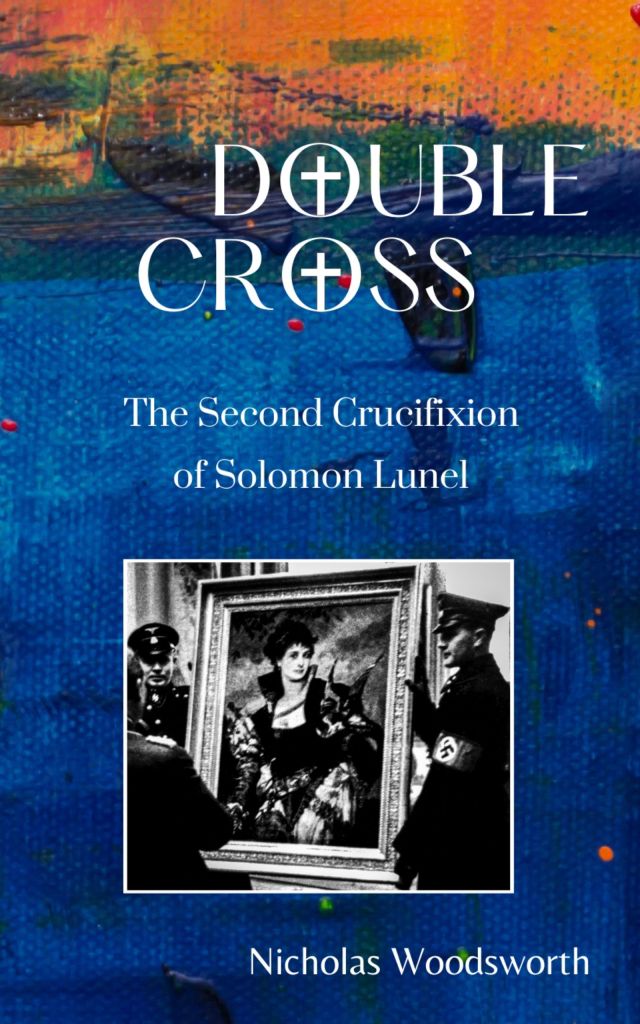
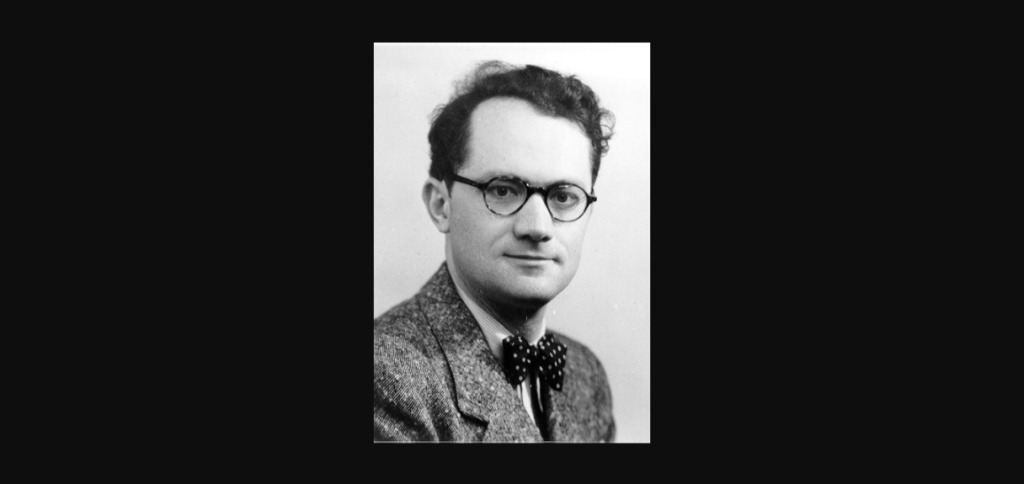
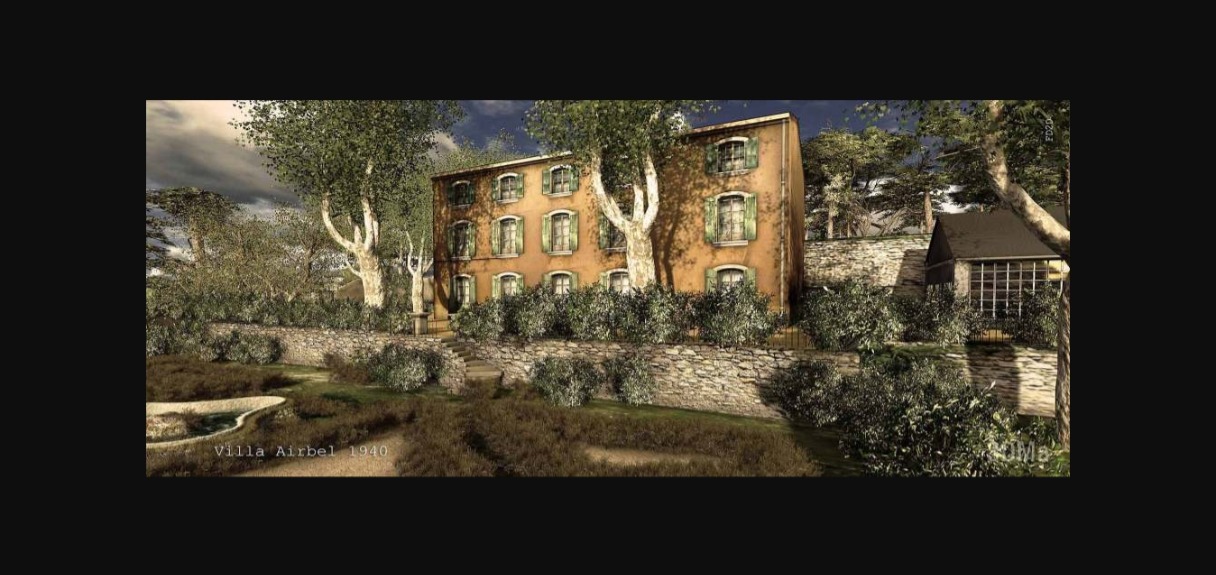
A recomposition of the Villa Air-Bel by Diana Pollin and Alain Guyot
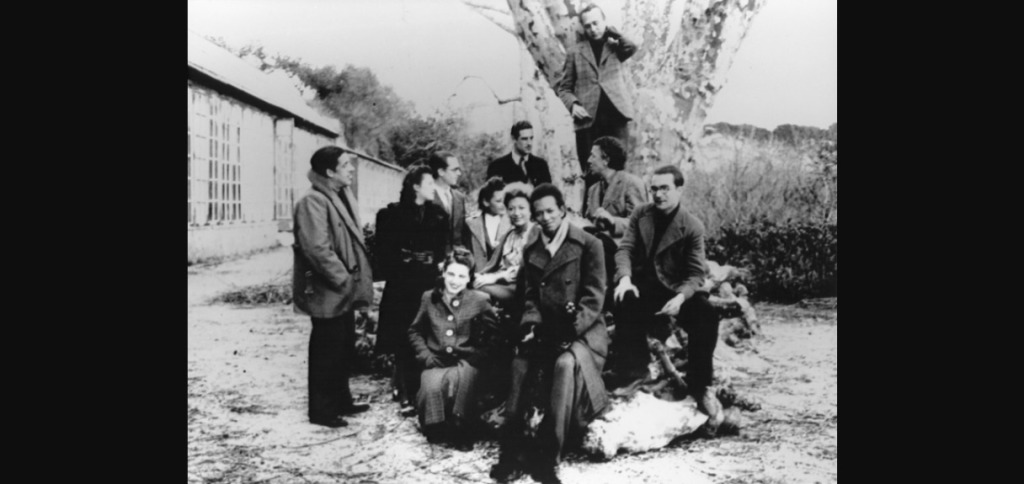
The eminent historian Andrew Williams, a specialist on Second World War France, has given this review of Double Cross
This is Woodsworth’s first thriller, after a distinguished career as a journalist with the Financial Times and as a travel writer. He has managed to combine the depth of his career choices to date with the necessary zest of his new one. This is both a thoroughly enjoyable and satisfying account of bravery and betrayal in wartime Marseilles and a musing about the way his characters have to make impossible choices to survive and do some good when faced with an implacable and vile regime. France has struggled to come to terms with its Vichy period, and is currently having another such paroxysm with prominent political figures suggesting that Marshall Phillipe Pétain’s regime was somehow ‘kind’ to its Jewish population and those Jews and non-Jews who had hoped to be protected by the homeland of human rights from the SS and Gestapo. This book shows that Vichy was an enthusiastic participant in helping the Nazis bring about the ‘Final Solution’ through a policy of collaboration which sent many Jews, and non-Jews, to the Death Camps. It also does not spare the blushes of some of the American officials who helped the Pétainists in their efforts. But even if such historical horrors are of little interest to a reader the book is worth reading for the wonderful sense of place and context that Woodsworth evokes. I know Marseilles and he had me back there in a flash. The characters are (mostly) very believable too, in particular the anti-hero Solomon Lunel and his ‘civilised’ German art dealer colleague from an impeccable Prussian military background with whom he, literally, ‘collaborates’ to make them both rich and morally compromised. Read this book on any level you like, as a fast-paced and satisfying thriller or as a moral tale, but please do read it. I hardly ever use the expression ‘unputdownable’, but I do for this one.
Andrew Williams, University of St Andrews
Recevez directement le nouveau contenu dans votre boîte de réception.